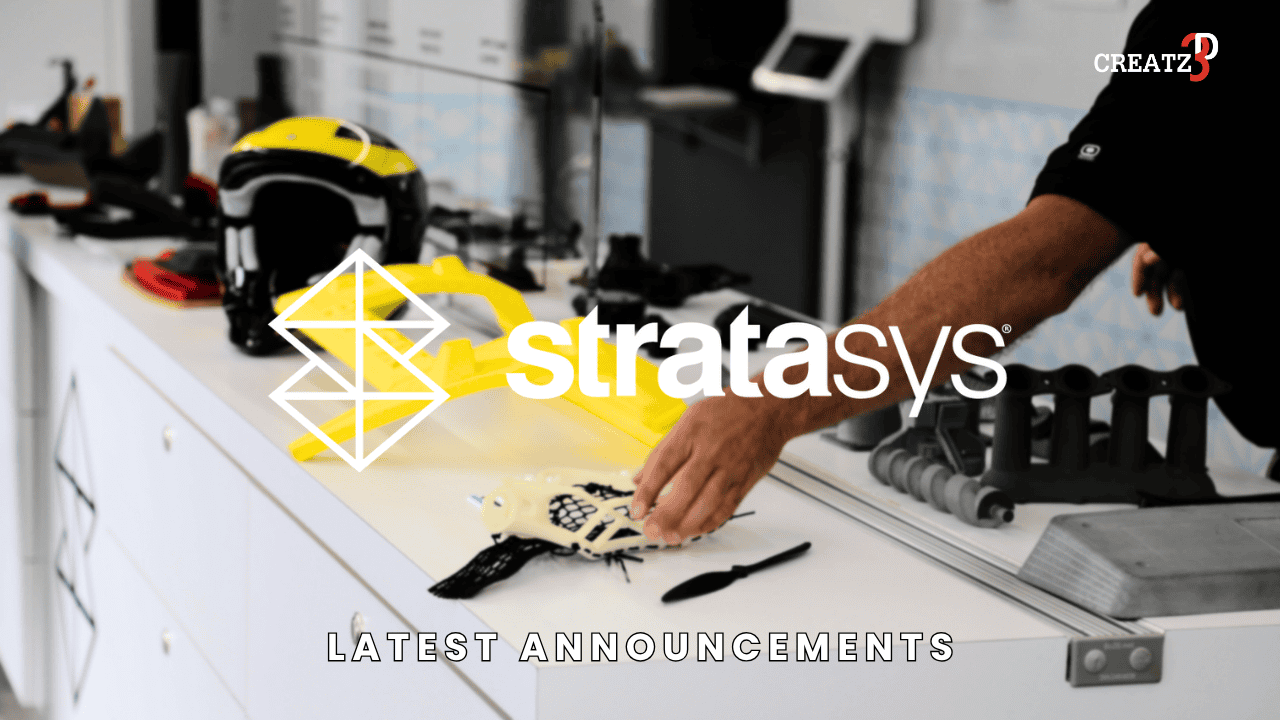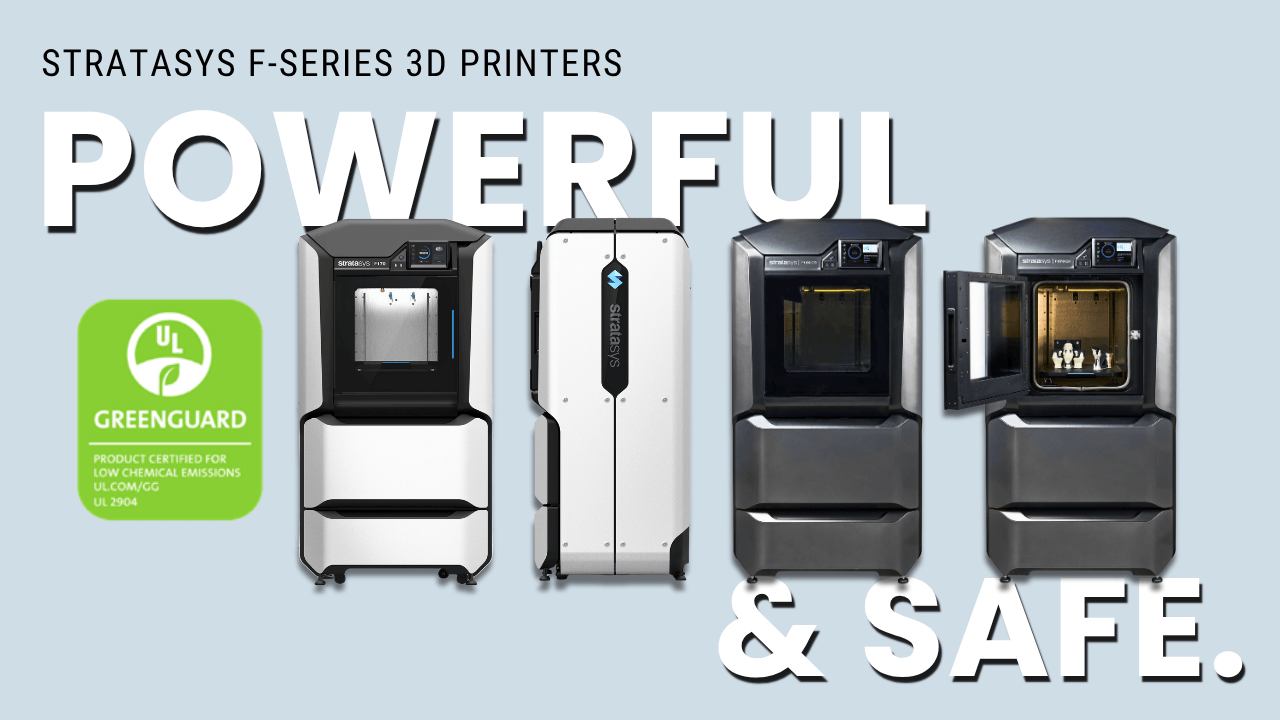Welcome to another Creatz3D Fun Fact Series!
In our first few fun facts, we focused on the terms FDM (Fused Deposition Modeling) and FFF (Fused Filament Fabrication) and their differences. Click here if you missed that.
We’ve always been told that the patented heated chamber in Stratasys FDM machines is crucial for 3D print success — especially with engineering-grade thermoplastics. But why?
The Story
Let’s revisit the FDM vs FFF debate. Both technologies extrude heated filament, but their results differ drastically because of machine design.
For over 20 years, Stratasys held 3 exclusive patents covering their heated chamber design, making it hard for competitors to enter the industrial FDM market. High-performance thermoplastics require consistently high temperatures — something only Stratasys could deliver.
When the first patent expired in 2009 (filed by Stratasys founder Scott Crump), it triggered the consumer 3D printing boom led by the RepRap Project. Consumer printers used heated build plates to mimic the chamber effect — but this only improved adhesion and reduced first-layer warping.
The Cost of “Good Enough”
Printing ABS illustrates the difference: without full chamber heating, consumer printers suffer from warpage, delamination, cracking, and distortion. Heated beds can only keep bottom layers warm; upper layers cool too quickly.
Some manufacturers tried modifying materials with impact modifiers to reduce warping. But this compromises mechanical and thermal properties, making parts very different from injection-molded versions.
Industrial FDM machines solve this with a fully enclosed heated chamber that warms the build evenly from start to finish.
The Heated Chamber Advantage
Heated build plates alone aren’t enough. Stratasys’ patented chamber design has multiple innovations:
- Precise electronic control keeps chamber temperature uniform. This eliminates dead zones, ensures full-volume use, and avoids curled parts.
- Consistent temperature layer by layer preserves Z-strength. Cross-chamber ventilation keeps prints from cracking, unlike printers relying on a heated bed or single-side blowers.

- Dual-wall construction retains heat where it’s needed. High-capacity heaters bring the chamber up to temperature quickly and sustain it for advanced thermoplastics.
Of the three patents, US7297304B2 and US20040104515A1 expired in November 2020. The third, US6722872B1, expired on 27 February 2021.
With these expirations, competition in high-temperature FDM (PEEK, PEKK, ULTEM) is expected to rise. But Stratasys’ decades of R&D give them a strong head start.





